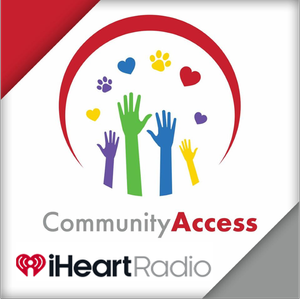Javier Colon Music Video Collaboration for NASA Takes Off, Includes CT Science Center, UHart
/An Atlas V rocket blasted off with NASA's Lunar Reconnaissance Orbiter from Cape Canaveral in Florida on June 18, 2009. Two years later, on June 29, 2011, West Hartford’s Javier Colon won the inaugural season of the NBC-TV hit “The Voice.”
It’s doubtful that anyone would have predicted that the trajectories of those two orbits would coincide.
However, they have – with the release this month of a new music video co-performed by Colon, along with Matt Cusson. The new song, “The Moon and More,” was inspired by the Lunar Reconnaissance Orbiter (LRO) mission, and produced in collaboration with NASA’s Goddard Space Flight Center in Greenbelt, Maryland and veteran video producer/editor David Ladd.
Colon, who earned a Bachelor of Music in Music Education from the Hartt School at the University of Hartford, said: “This project brought me back to when I was a kid watching NASA launch the shuttle missions. Every kid at some point wants to fly, and I think that dream has a lot to do with NASA’s exploration of space and discoveries.”
The song and music video focuses on the inspirational nature of studying the moon -- the cornerstone to learning more about the solar system -- and how LRO has ushered in a new era of lunar science. The mission is expected to relay more information about the lunar environment than any other previous mission to the moon.
The video appears on the NASA LRO website, and is available on You Tube, where comments have been overwhelmingly positive, and numerous space exploration websites. Filming locations included the Hartt School of the University of Hartford and Connecticut Science Center; the Intrepid Sea, Air and Space Museum in New York; the National Air and Space Museum in Washington, D.C.; and the “Living on Mars” mural in the Bronx, New York.
“I wanted to create a unique production for the LRO mission that centered around music as a way to engage kids, parents and educators,” said Ladd. “A major focus was also to convey an important and encouraging message to kids, particularly children of color—that nothing is beyond their reach. You can achieve the goals you set and take yourself to places you never thought possible — just as NASA has done in going back to the moon with LRO and its continued journey into the solar system.”
Ladd conceived of the project, and selected Cusson and Colon to write the song and perform the music. The project came together with a strong sense of destiny. Ladd had heard Cusson’s music previously, through a mutual friend, and had been of fan of Colon’s since the voice. When he contacted Cusson to gauge his interest, he learned that Cusson and Colon were friends, musically and otherwise. The connection was made, and Cusson and Colon set out to create a song that matched – or, as it turned out, exceeded, the story board that Ladd had in mind.
 “I picked out five of each of their songs that I liked, and that I thought had a sound that would work. Then I let them have at it.” Ladd recalled. When he received the first rough videos from them of the words and music, his response was succinct: “This is perfect. Keep running with it.”
“I picked out five of each of their songs that I liked, and that I thought had a sound that would work. Then I let them have at it.” Ladd recalled. When he received the first rough videos from them of the words and music, his response was succinct: “This is perfect. Keep running with it.”
They did, and the song was completed earlier this year and debuted in recent weeks. Ladd hopes the song will boost awareness of the LRO, and transcend it. “Some have described it as the ‘Frozen’ of space exploration in its majestic feel. We hope it will have broad appeal, a song that you’ll enjoy on the radio, and be inspired by.”
Ladd explained that the casting in the music video, which features people of color (including members of the same family to highlight authenticity) was intentional, so that “kids that don’t always see themselves,” can better connect to the possibilities that science and exploration can offer. (PHOTO: Javier Colon, David Ladd, Matt Cusson)
The LRO mission team believes “The Moon and More” will have a lasting impact, adding a popular element to an array of education programs that are already part of the LRO mission. The LRO Lunar Workshops for Educators are an award-winning professional development program focused on lunar science and exploration for grade 6-9 science teachers, and programs for grade levels beginning with elementary school have been made available to teachers nationwide.
“It was exciting to have this chance to work with NASA,” said Cusson, a Pittsfield, MA native. “As a musician, you don’t usually think that this is something you could do. But I was honored to offer up my skills and music, and to bring the worlds of science and music together.”
“A number of us working on LRO have had something inspire us to pursue careers in science and engineering,” said LRO Deputy Project Scientist Noah Petro at Goddard. “This video serves as an opportunity to inspire future generations to follow their dreams into the sciences or the arts.” Ladd expressed appreciation for the supportive efforts of both the Hartt School and the Connecticut Science Center, and indicated that some of the videos best segments were filmed at the Connecticut locations.
LRO is managed by NASA's Goddard Space Flight Center in Greenbelt, Maryland, as a project under NASA’s Discovery Program. The Discovery Program is managed by NASA’s Marshall Spaceflight Center in Huntsville, Alabama, for the Science Mission Directorate at NASA Headquarters in Washington, D.C.
https://youtu.be/PPB1ZHb9FKA



 Members of the Department of Motor Vehicles (DMV) Teen Advisory Board said the week is important for a variety of reasons, and encourages teens to play an active role in promoting safety behind the wheel. The risk of motor vehicle crashes is higher among 16-19-year-olds than among any other age group, CDC data indicates. In fact, per mile driven, teen drivers ages 16 to 19 are nearly three times more likely than drivers aged 20 and older to be in a fatal crash.
Members of the Department of Motor Vehicles (DMV) Teen Advisory Board said the week is important for a variety of reasons, and encourages teens to play an active role in promoting safety behind the wheel. The risk of motor vehicle crashes is higher among 16-19-year-olds than among any other age group, CDC data indicates. In fact, per mile driven, teen drivers ages 16 to 19 are nearly three times more likely than drivers aged 20 and older to be in a fatal crash.


 According to the most recent data, adult obesity rates now exceed 35 percent in four states, 30 percent in 25 states and are above 20 percent in all states. Louisiana has the highest adult obesity rate at 36.2 percent and Colorado has the lowest at 20.2 percent.
According to the most recent data, adult obesity rates now exceed 35 percent in four states, 30 percent in 25 states and are above 20 percent in all states. Louisiana has the highest adult obesity rate at 36.2 percent and Colorado has the lowest at 20.2 percent.
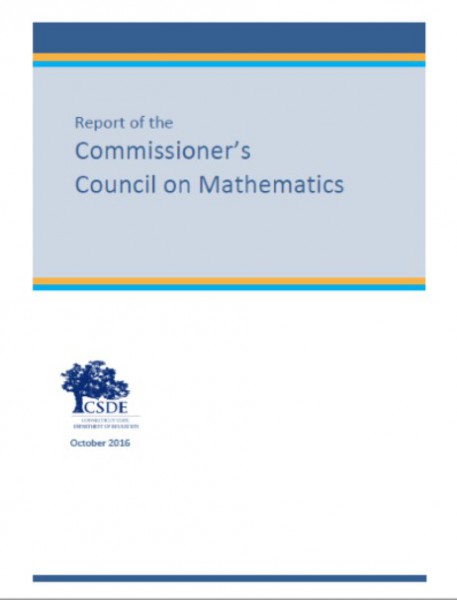
 “Every student deserves the opportunity to receive a math education that is rich and rigorous, and equips them with the skills needed to graduate from high school prepared to be successful in both college and career,” said Commissioner Wentzell. “These recommendations by the Council on Mathematics have created a clear path that will help the State Department of Education take the steps needed to ensure that every student in our state receives a high-quality mathematics education.”
“Every student deserves the opportunity to receive a math education that is rich and rigorous, and equips them with the skills needed to graduate from high school prepared to be successful in both college and career,” said Commissioner Wentzell. “These recommendations by the Council on Mathematics have created a clear path that will help the State Department of Education take the steps needed to ensure that every student in our state receives a high-quality mathematics education.”
 Council members included parents, teachers, curriculum specialists, principals, superintendents, board of education members, higher education professors, business leaders, and State Department of Education staff members with the purpose of closely examining the current state of mathematics education in Connecticut.
Council members included parents, teachers, curriculum specialists, principals, superintendents, board of education members, higher education professors, business leaders, and State Department of Education staff members with the purpose of closely examining the current state of mathematics education in Connecticut.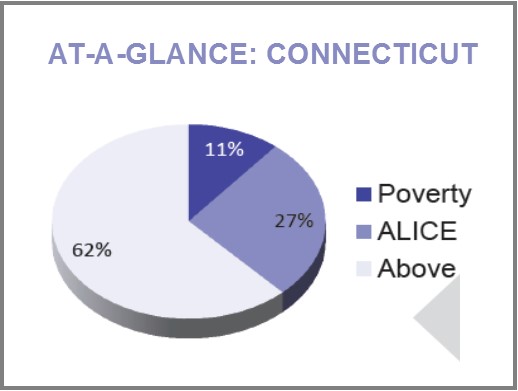
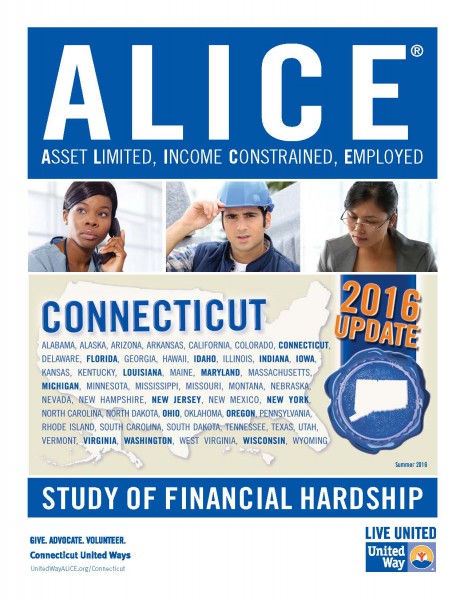

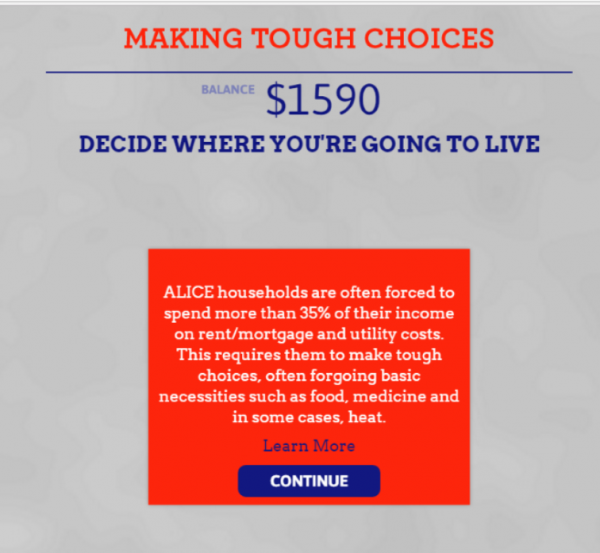

 Unite For Sight's international eye care services with partner local eye clinics are provided year-round and are comprehensive, including examinations by local eye doctors, diagnosis and care for treatable conditions, education, and preventative care. The organization’s website indicates that Unite For Sight has provided eye care services to more than 2.1 million people worldwide, including more than 93,166 sight-restoring surgeries.
Unite For Sight's international eye care services with partner local eye clinics are provided year-round and are comprehensive, including examinations by local eye doctors, diagnosis and care for treatable conditions, education, and preventative care. The organization’s website indicates that Unite For Sight has provided eye care services to more than 2.1 million people worldwide, including more than 93,166 sight-restoring surgeries.
 The conference also includes Social Impact Labs, which provide an opportunity for selected speakers to present their new idea in the format of a 5-minute pitch. All of the presentations are ideas that are being developed, meaning that the ideas are in the brainstorming, early development, or early implementation stage. Following each presenter’s 5-minute pitch, there is a 15-minute period for discussion and coaching with two expert speakers, questions, answers, and feedback from the audience.
The conference also includes Social Impact Labs, which provide an opportunity for selected speakers to present their new idea in the format of a 5-minute pitch. All of the presentations are ideas that are being developed, meaning that the ideas are in the brainstorming, early development, or early implementation stage. Following each presenter’s 5-minute pitch, there is a 15-minute period for discussion and coaching with two expert speakers, questions, answers, and feedback from the audience.
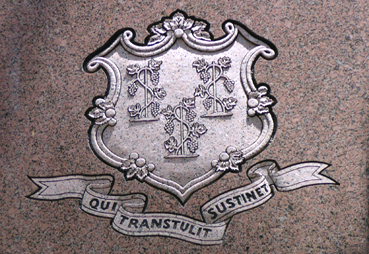 Recent articles by The New York Times and Atlantic are referred to, noting that they also reflected poorly on the state’s current condition. National Review adds to the journalistic observations of a state filled with seemingly intractable dilemmas, noting that “Connecticut’s tax system is currently so dependent on the incomes of Fairfield County high-earners — as Governor Malloy has often made clear — that even the slightest variations can trigger a budget crisis.” The article adds, however, that “finance lies somewhere near the bottom of a long list of factors in explaining the current state of Connecticut.”
Recent articles by The New York Times and Atlantic are referred to, noting that they also reflected poorly on the state’s current condition. National Review adds to the journalistic observations of a state filled with seemingly intractable dilemmas, noting that “Connecticut’s tax system is currently so dependent on the incomes of Fairfield County high-earners — as Governor Malloy has often made clear — that even the slightest variations can trigger a budget crisis.” The article adds, however, that “finance lies somewhere near the bottom of a long list of factors in explaining the current state of Connecticut.” The U.S. Department of Education July 2016 Data Point report from the National Center for Education Statistics includes data from the School Crime Supplement (SCS) to the National Crime Victimization Survey, a nationally representative sample survey of students ages 12 through 18, which were used to analyze trends in hate-related words. The SCS study is completed every other year.
The U.S. Department of Education July 2016 Data Point report from the National Center for Education Statistics includes data from the School Crime Supplement (SCS) to the National Crime Victimization Survey, a nationally representative sample survey of students ages 12 through 18, which were used to analyze trends in hate-related words. The SCS study is completed every other year. oped by the federal Health Resources and Services Administration notes that “indirect bullying” includes “rumor spreading or encouraging others to exclude a peer.” Bullying is described as “a public health problem and requires a coordinated community response.”
oped by the federal Health Resources and Services Administration notes that “indirect bullying” includes “rumor spreading or encouraging others to exclude a peer.” Bullying is described as “a public health problem and requires a coordinated community response.”





















